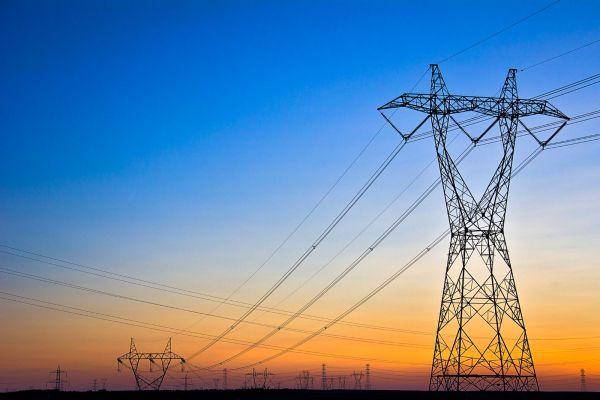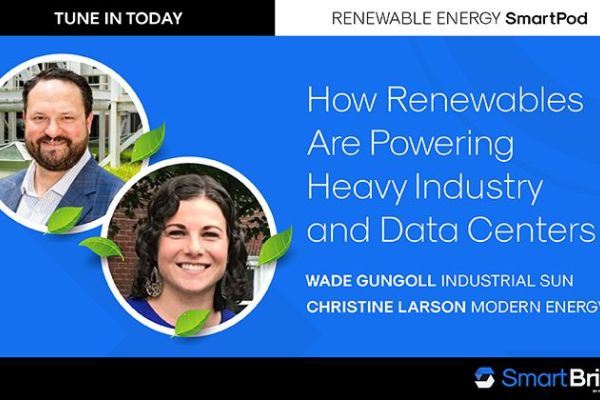Options for Mitigating 4CP Demand Charges
Insights
Jan 10, 2023
Written by Wade Gungoll

In our previous article, Alexandra Williams took a look at industrial demand charges and, in particular, the 4CP demand charge in ERCOT: what it is, how it works, and the impact it can have on industrial facilities’ all-in power costs.
In this follow-on article, we shift gears to focus on the various strategies that industrials can employ to mitigate their 4CP charges. As we’ll see, those options range from energy efficiency to demand-side management to on-site generation. But one option in particular — net-metered industrial solar — is an especially attractive solution that can nearly eliminate 4CP charges entirely.
Option 1: Energy Efficiency
Classic energy efficiency (EE) projects reduce industrial facilities’ electricity demand across the board 24/7/365. This naturally chips away at demand during 4CP moments and, thus, the resulting 4CP charges, too. However, those cost reductions are usually marginal at best, since EE efforts aren’t specifically targeting demand during the 4CP moments that matter.
Option 2: Demand-side Management
Industrial facilities — and their energy managers — are no stranger to the next option: demand-side management, including both traditional demand response (DR) programs as well as ERCOT-specific 4CP dispatch service provider offerings.
DR programs are often already baked into the overall energy management strategy for industrial facilities. And since they target curtailing load during moments of higher grid demand, they do a better job compared to EE of mitigating 4CP charges.
4CP dispatch service providers take DR one step further. These service providers, such as CPower and Reliant, leverage weather data, historical trends, and ERCOT demand forecasts to try to predict likely 4CP moments, so that industrial facilities can correspondingly shift or curtail loads to minimize the resulting demand charges.
Though growing in popularity, such programs are proving increasingly difficult to manage. As the ERCOT grid continues to break its own peak demand records, it is getting harder and harder to accurately predict 4CP moments. An industrial customer will attempt to gauge what the other industrial customers are likely to do on a 100-degree day via a game-theory-like exercise, while weighing the impacts of frequent load shifting or curtailment on production volume and profit margins.
In practice, this means that 4CP demand-side management programs must hedge and dispatch across a much greater number of days and times each year. The frequency of such instances rising from 60 to as many as 120 instances per year, even though just four 15-minute intervals are what ultimately matter for an industrial facility’s assessed 4CP charges for the following year.
Option 3: On-site Generation
On the supply side of the equation, industrials have the option of installing on-site generation, including behind-the-meter natural gas engines; coal plants with carbon capture, utilization, and storage (CCUS); or solar.
On-site generation sits behind the meter and generates at times that often overlap with 4CP moments, offsetting the net load that the ERCOT grid ‘sees’ when calculating 4CP demand charges. However, on-site, behind-the-meter power options have several limitations and downsides, such as project size being limited by buildable land, the industrial needing to own the asset and bear associated capex and opex costs, and natural gas assets having a lifespan of less than 35 years. Additionally, excess generation cannot be exported to the grid, power quality issues may arise, and maintenance and repair can be problematic.
Option 4: Net-metered Industrial Solar
Finally, there’s a newer option available called net-metered industrial solar that can virtually eliminate 4CP-related demand charges and offer superior economics compared to on-site generation. This makes it the best deal for all-in power price, regardless of its environmental impact.
Net-metered industrial solar involves locating larger solar projects near industrial facilities. The industrial signs a competitive power purchase agreement (PPA)—instead of owning the project and paying capex costs. These large-scale solar projects can be treated as behind the meter for accounting purposes and provide significant benefits toward reducing 4CP demand charges—as long as they meet certain ERCOT criteria. Solar is superior to wind for mitigating 4CP, which will be discussed further in this series.
Conclusion
It is important to note that these mitigation options are not mutually exclusive. In fact, industrials can — and do — adopt multiple options in combination as part of an overarching, holistic approach to their energy management strategy.
But one thing is clear: any strategy on the table should include net-metered industrial solar. It’s the single most-effective approach an industrial facility can take to effectively eliminate their 4CP demand charges.




